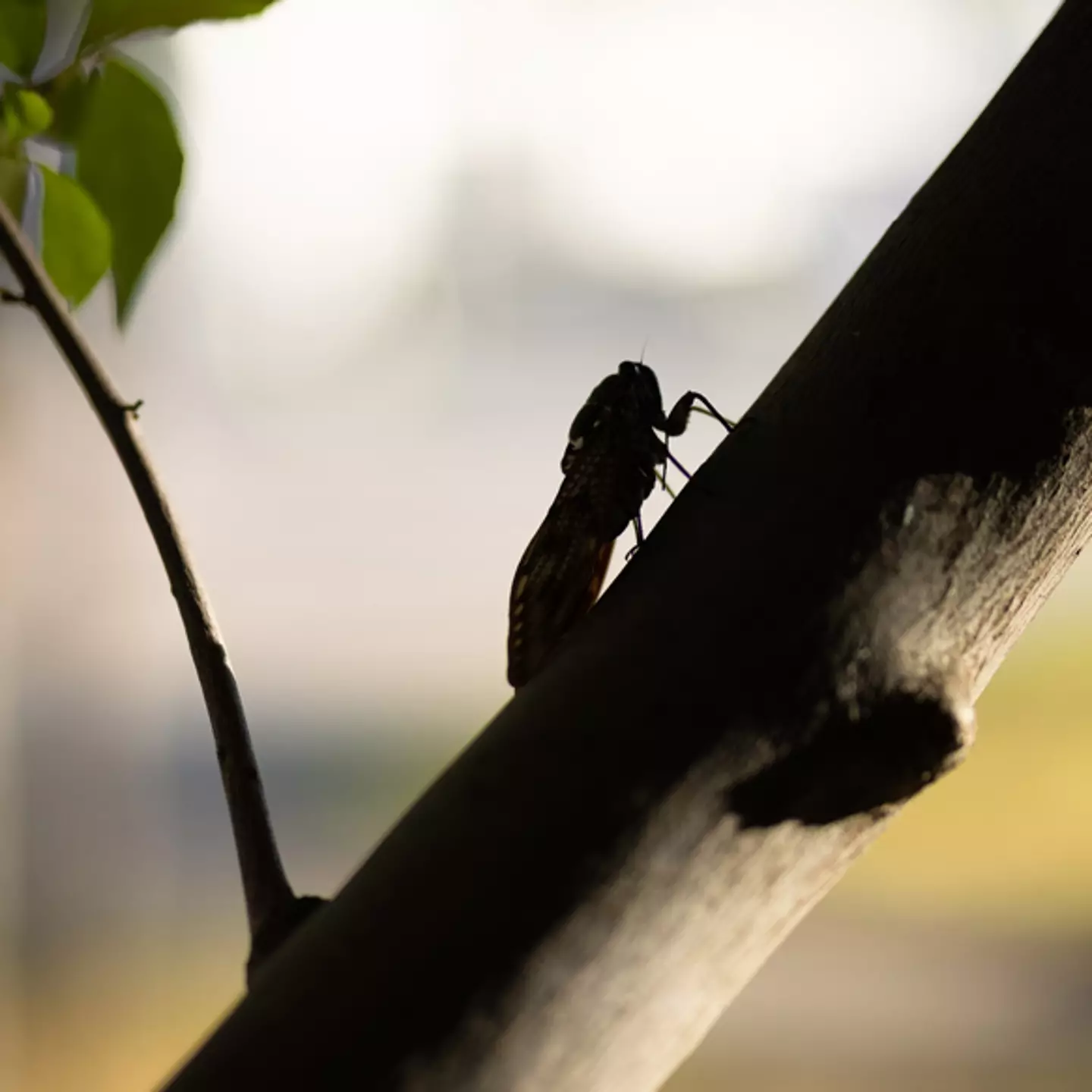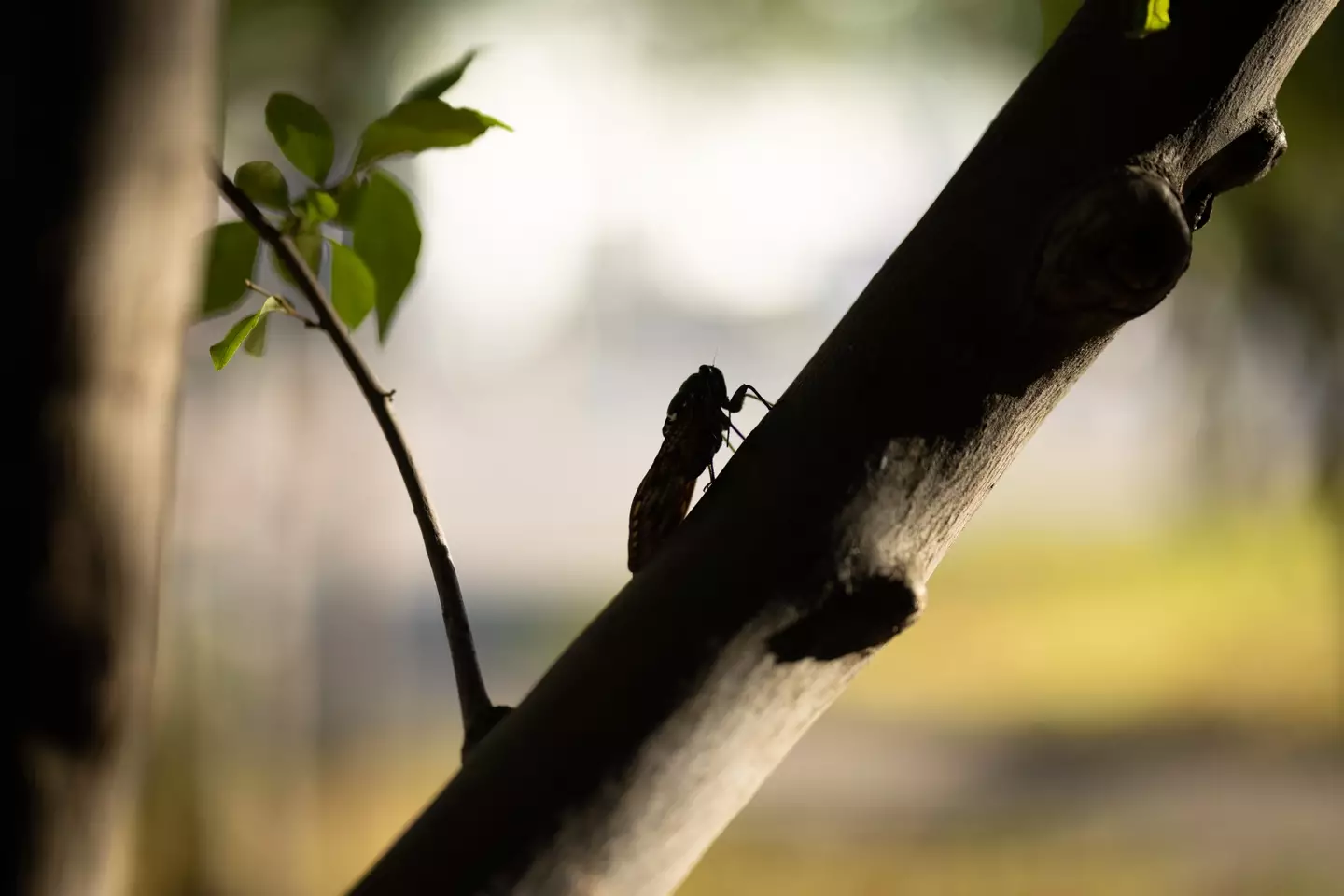
The United States is going to be absolutely suffused with cicadas in the coming months, according to experts, as a rare coincidence floods areas with the insects.
Two different types of cicada will emerge at the same time, an overlap that is normally quite rare - one goes on a 13-year pattern, while the other is on a 17-year pattern. This has given them the names 13-year Brood XIX and 17-year Brood XIII.
These cicadas are all crucially different from annual cicadas, operating on a much slower timeline and staying underground for far, far longer periods.

Advert
It's estimated that the last time we got two different types of periodical cicadas, as they're known, emerging at the same time was over 200 years ago, in the time of President Thomas Jefferson.
According to the University of Connecticut's cicada expert John Cooley, this period will basically be "cicada-geddon", as she put it to Sky News, thanks to how incredibly loud cicada swarms can get.
The cicadas have been preparing for their emergence for a while now, according to those whose job it is to watch out for these events, boring holes in the ground with the clock ticking down.
Advert
Pretty much the whole of the Midwest could see cicadas emerge, with populations apparently spread all over a wide range of states in pockets, making for potentially widespread sightings.
Of course, it's the sound of a cicada that stands out more than its appearance, so if you're in an area where you sometimes hear them in spring and summer, keep an ear out this year.

As Georgia Tech biophysicist Saad Bhamla told Sky News: "We've got trillions of these amazing living organisms come out of the earth, climb up on trees and it's just a unique experience, a sight to behold. It's like an entire alien species living underneath our feet and then some prime number years they come out to say hello."
Advert
Research from a team at the University of Connecticut, meanwhile, has underlined just how big the cicada emergence will be. It's found that if it was concentrated in one place, the cicada territory this year would likely be equivalent to the size of Delaware in its entirety.
However, it also gives one pretty important detail when it comes to understanding this dual emergence - the two species won't overlap geographically very often at all.
While they'll both emerge at the same rough time, the two types of cicada will rarely be in the same spot geographically, since they don't share territories much.
It's also worth understanding that cicadas don't hibernate or hatch when they emerge - they've been underground that whole time eating and surviving, and merely come above ground at the point when they reach maturity and moult to become winged adults.
Advert
